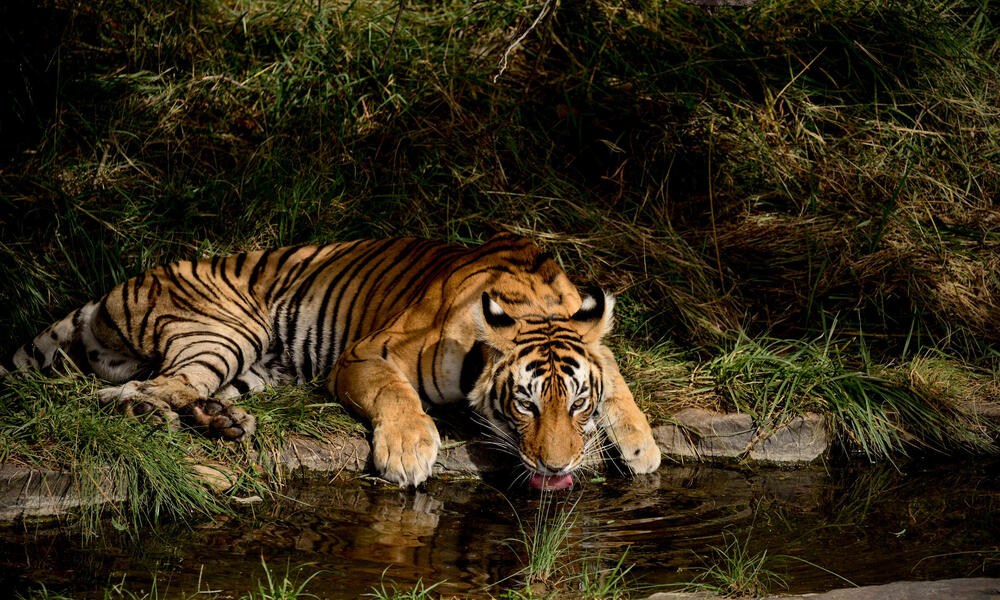In light of the start of the Lunar Year of the Tiger, a new report from the environmental NGO World Wildlife Fund (WWF) has revealed that the decline of the species has been reversed for the first time a century.
Tuesday 1 February marks the start of the Lunar New Year, represented by the tiger. The animal protection charity said that the tiger population has especially increased worldwide since 2010, the previous year of the tiger, thanks to a target set by 13 countries in the tiger's range to double the number of large cats in the wild.
"The 2010 Tiger Summit launched an unprecedented set of tiger conservation initiatives," said Stuart Chapman, head of the Tiger Summit, of which the first edition was held in St. Petersburg at a time when the population was at its lowest, with 3,200 individuals in the wild.
"The results show what can be achieved through long-term partnerships for species recovery. The dedication of field teams, conservation partners and communities living in tiger territories has led to these extraordinary results."
Related News
- Cat appears from under rubble one month after gas explosion
- Wolf spotted in Flemish Brabant for first time in 200 years
The report highlighted that in some cases expectations have been exceeded, for example in the Bhutan Royal Manas National Park in South Asia, where the use of a spatial monitoring tool (SMART), combined with other conservation measures, led to a doubling of tiger numbers, while the population has tripled in a national park in Russia.
Urgent need to continue efforts
Despite these positive results, WWF stressed that more is needed to guarantee their protection, especially in South-East Asia and the Russian Far East, where the big cat is still threatened with extinction by poaching and habitat loss.

Wild Bengal tiger in India. Credit: Sunny Shah/WWF-India
Although the number of wild tigers is increasing worldwide, their range has been further reduced and tigers are now restricted to less than 5% of their historical range.
In Malaysia, populations have declined sharply, and the species is now likely to become extinct in Cambodia, Laos and Vietnam, where the animals are seriously threatened by hunting and trapping.
"As we enter the Lunar Year of the Tiger, there is an urgent need to continue global efforts for the recovery of the species and to strengthen all measures necessary to ensure a sustainable future for the species," a statement read.
Heads of state and ministers from countries where tigers are found will join other world leaders and intergovernmental bodies, NGOs and conservation experts during the second Global Tiger Summit, on 5 September 2022 in Vladivostok, Russia, to define the next phase of the Global Tiger Recovery Program.

